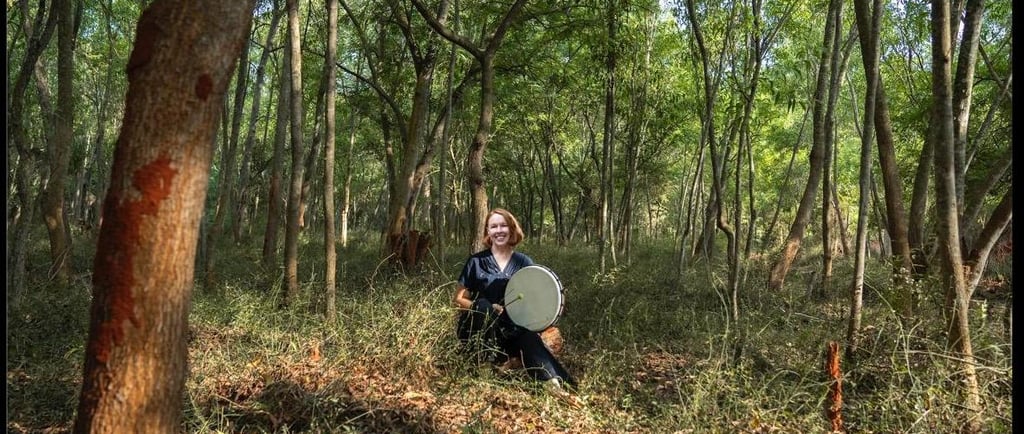Reclaiming the Lost Self
An Introduction to Shamanic Soul Retrieval
10/5/20253 min read


Soul retrieval is a shamanic practice for recovering parts of the self that dissociated, often due to trauma or shock. This process is found in indigenous traditions worldwide, and its goal mirrors modern psychology’s aim of integration. The key distinction is method: in shamanic practice, the practitioner actively journeys to retrieve these lost fragments on the client’s behalf, facilitating their return. Integration is then prescribed for a set amount of time, a few days or weeks depending on the situation.
Soul Loss and Its Impact
When we experience profound pain, a protective psychological mechanism can splinter off memories, emotions, or even aspects of our identity—a process akin to dissociation. In shamanic terms, this is “soul loss.” While initially a survival strategy, if not healed, it can lead to a persistent sense of emptiness, anxiety, depression, or a feeling of being fundamentally incomplete. For example, a frantic search for a romantic partner to "feel whole" often signals a subconscious attempt to find a missing part of the self externally.
The Shamanic Process
A session begins with discussing my client’s life for potential impacts. I then enter a light trance state, guided by my drum, and ask the client’s higher self to lead me to soul parts ready to return.
In the trance state, I journey through non-ordinary realities to find these parts. I often receive symbolic information, like the client's age at the time of loss or the main emotion they were feeling at the time. The soul fragment might be found at the literal scene of the trauma (for example, the client at a car crash site) or in a metaphorical landscape (for example, a frightened child alone in a forest). I gently approach the soul part and explain my purpose. If the soul is fearful, they may need reassurance, or we may journey to a healing place, like a waterfall, to release old emotions like shame or grief before returning. When there are multiple soul retrievals in a session, the first soul part then guides me to find the rest.
Once they are all retrieved, I blow the essence of these soul parts into the client’s heart space and crown. We then welcome each piece home with honor and compassion.
Beyond Trauma: The Subtleties of Soul Loss
Soul loss isn't always caused by dramatic trauma. I’ve retrieved a soul part for a client who, at age five, left her wild, free self behind to conform to school structure. Even though there was no obvious trauma at school, the impact still had a profound effect on her choices going forward in life. I've also seen soul loss occur systematically over years of being in a loveless marriage. Conversely, soul loss can also occur when we don't want to leave something or someone behind (a home, country, partner, or family member). More rarely, soul loss can occur during intensely positive experiences—a peak spiritual moment, a deep connection to a place, or even an orgasm—where a part clings to that bliss, unwilling to return to ordinary reality.
Reclaiming Wholeness
While we cannot avoid life’s impacts, how we handle those impacts makes a huge difference. We can foster wholeness by cultivating a feeling of calm safety and self-acceptance after an impact so that the soul part can reintegrate quickly. Soul retrieval can also happen naturally even years later, when we find ourselves in a more relaxed and safe environment. I've even seen soul retrievals inadvertently occur with herbal medicine and homeopathy that restore systemic balance, creating a perfect space for a soul part to return. A simple meditation, calling all parts of yourself home, can help retrieve easier to reach parts.
However, for significant trauma, abuse, or deep shame, shamanic assistance is often needed. Being guided by my client’s higher self, we ensure that the most appropriate parts return first, sometimes revealing missing pieces of the puzzle that the conscious mind alone could never access.
